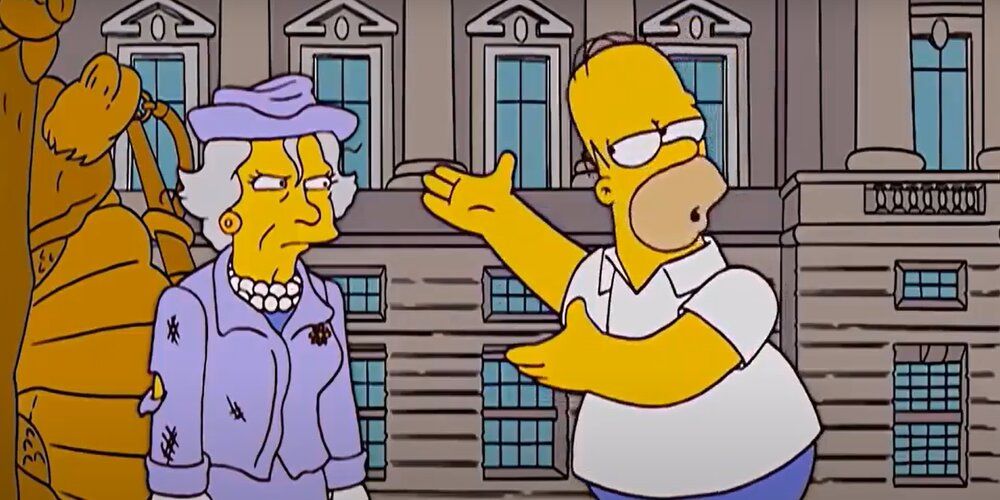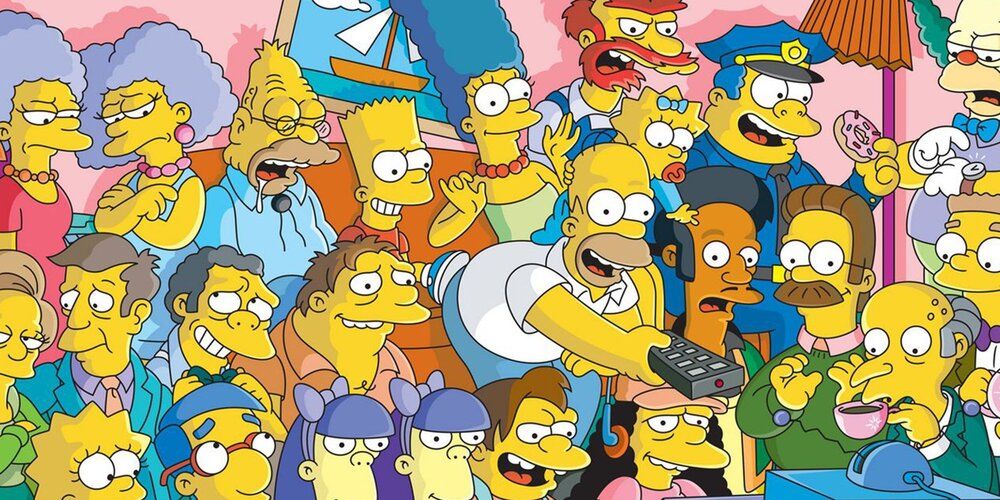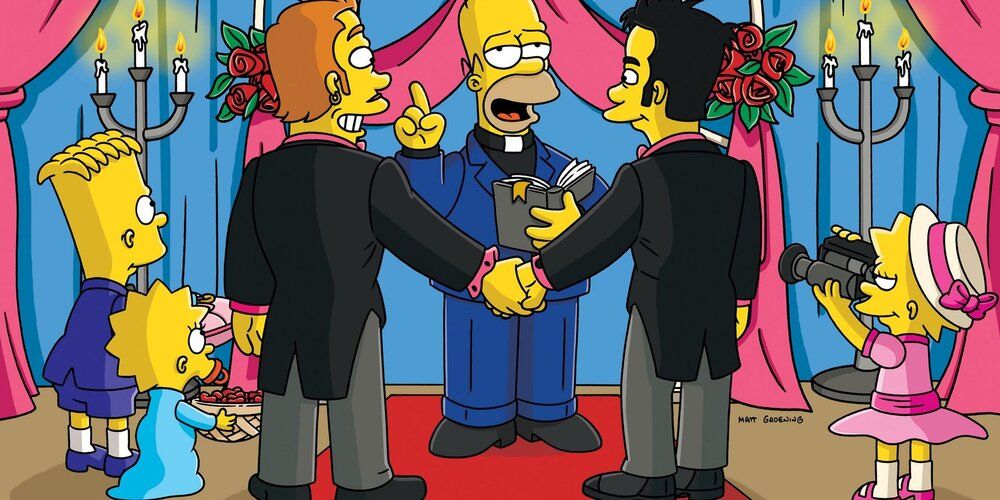As one of the longest-running shows on television, The Simpsons is considered to be one of the most glaring examples of a show that has gone on for too long. With the show's 'golden age' considered to have been around the show's eighth season, and the show currently in its thirty-third, there is no question the show has changed since its most acclaimed days.
Part of what is controversial about many of the most recent seasons, for a long time, is that some of the elements that made the show such a pop-cultural titan have diminished. Tropes and choices that were part of The Simpsons' DNA are now considered to be absent. Nonetheless, some of the crucial elements remain.
9 Lost: Storylines Being Grounded In Reality
One of the most common complaints about The Simpsons in its later seasons is that it got too strange. Part of the show's initial draw was its relatability, despite being animated, with the Simpson family facing exaggerated versions of everyday problems. The show was never afraid to stretch reality with a joke, but baseline reality remained much as in real life.
Although there has been some attempt to return to mundanity in recent years, The Simpsons' episodes have gone on to feature plotlines like Homer standing trial for crashing into Queen Elizabeth, or Bart becoming a voodoo priest, and many fans are disappointed by the change.
8 Stayed: A Wide & Deep Side Characters Cast
While the focus of the show has always been on the titular family, with at least one plotline an episode typically being devoted to one of the Simpsons, the show has never shied away from its rich cast of side characters. The other inhabitants of Springfield don't just fill out storylines for the main characters, but on occasion get plotlines of their own.
With Moe, Krusty, and Flanders being particularly common choices, the show still continues to have side characters helm storylines and even entire episodes, whether with a member of the Simpsons or on their own. It makes Springfield feel slightly more real, and many of these characters are beloved in their own right.
7 Lost: The Family members' Personalities Being Realistic
Part of the show's initial relatability lay in the fact that the family's characters, whilst being comedic and melodramatic, were fundamentally relatable to viewers. Even though they were a cartoon, they were in many ways closer to life than many live-action sitcom protagonists.
As the show has gone on, perhaps as a natural consequence of its length, the personalities have all become distorted and exaggerated, with Lisa going from an intelligent and outspoken but interpersonally shy young girl to a genius who moralizes on everything, with Bart going the other direction from street smart and reckless to unintelligent and near-uncontrollable.
6 Stayed: Familial Love Being A Recurrent Theme
Even as the personalities of the family members changed, The Simpsons never lost sight of the fact that it was at least trying to be a light-hearted and family sitcom, and always made an attempt to emphasize family love.
Whether the bonds between the Simpsons—or other families—are ultimately what save the day, or struggles involving malicious or misguided family members are used for drama and catharsis, the show continues to revolve around its most important theme, to the relief of some continuing fans.
5 Lost: Flanders Being The Perfect Neighbor
The poster child of exaggerated personalities to the point that the concept is called 'Flanderization,' Flanders has been more than exaggerated and outright changed over the course of the show. Initially, he was simply Homer's better neighbor, having a nicer house and more money, with his going to church simply suggesting a better community spirit.
This depiction of Flanders would be lost well before the show even entered its Golden Age, let alone left it, but Flanders would become best-known as a religious zealot with a firm moralizing streak. While this change happened early, it represented a fundamental shift from the familiar sitcom feel that people enjoyed about the show.
4 Stayed: A Political Message Of Compassion
If anything, this element has become increased as the show has gone on.
Throughout the show's run, it has always promoted a message of compassion, taking stands against xenophobia, homophobia, and misogyny-rooted stereotypes, amongst many others.
3 Lost: Homer Being A Sympathetic Protagonist
Arguably the most famous and iconic member of the titular family, Homer Simpson is another character who has undergone a significant personality change over the course of the show. Initially being the family's disciplinarian, in the early seasons he morphed into a somewhat lazy and unintelligent figure who was nonetheless a devoted parent and caring family man.
While the show would try and portray him as such, the show would increasingly portray Homer as stupidity and lazy, while having him be more selfish and callous towards his loved ones. Ultimately, more than just affecting the show's tone, Homer's shift would affect how sympathetic people could find him and the whole family, turning many viewers away.
2 Stayed: The Show's Lack Of Time Progression
One of the earliest notable things about The Simpsons is that it had its characters remain the same age, and had very minimal changes to the show's continuity. Pets sometimes came and went, romantic relationships began and ended, and characters underwent development, but each episode of the show would largely begin with the characters in the same state.
The most notable example of this is that Bart and Lisa have been eight and ten, respectively, for decades now. Some fans consider this to hamper the show, harming the number of plotlines it can explore and causing repetition in stories like marital strife between Marge and Homer. Others, however, appreciate that it allows the show to continue to tell stories of the changing effects on young children as society progresses, without having to introduce a 'younger generation.'
1 Lost: Relevant Satire & References
The very existence of early The Simpsons served as satire, with the show being part-deconstruction and part send-up of the family-oriented sitcoms that were popular during its conception and for several years afterward. In addition, the show happily lampooned and parodied popular 'classic' works of fiction.
Running low on those, the show has also extended its mocking touch to more modern issues and pop culture, but the parodies often come late, when the topics have lost relevance or even been forgotten. In many ways, this isn't the show's fault—an episode takes a lot of time to produce, so timeliness is not always an option. Nonetheless, fans miss the more topical and timeless satire of early seasons.










